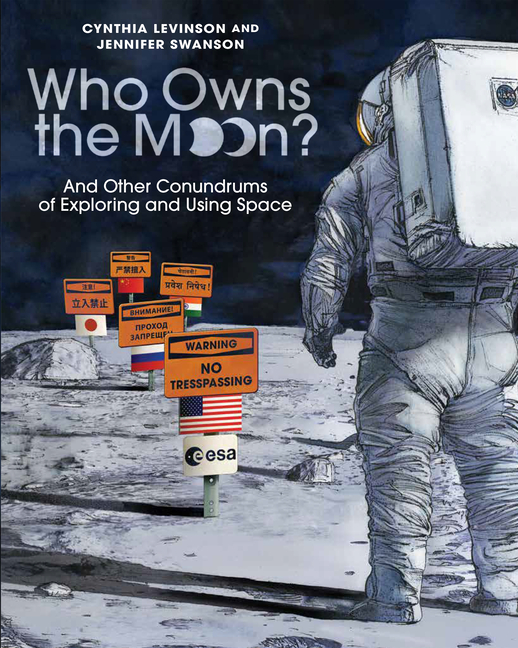Book Description
for Who Owns the Moon? by Cynthia Y. Levinson and Jennifer Swanson
From Cooperative Children's Book Center (CCBC)
As NASA’s Artemis program works to return humans to the moon within the next few years, a timely account offers insight into the challenges of international cooperation as it relates to space exploration. The Outer Space Treaty (OST), created in 1967, provides a basic framework for countries’ behavior in space. Space is the province of all, for instance, and it shall be used for humankind’s benefit. No state shall take weapons of mass destruction into space. No state shall own other planets. Yet as technology rapidly advances, the OST has not evolved at the same rate; it doesn’t address certain issues that can and do arise now. For example, while the moon itself cannot be owned, what about the regolith on its surface? What if a conflict arises between astronauts from different countries while they are on the moon? And while the OST offers guidance for countries, what about the private companies now sending civilians to space? Interspersed throughout is historical, political, and scientific context on space exploration, including the space race, debates about the lower limit of outer space, the increasing amount of space debris and the challenge of removing it, the International Space Station, space tourism, and the myriad space-related careers that exist. Imagined scenarios between fictional countries offer readers a chance to think through hypothetical sticky situations. Accessible and thought-provoking, this account encourages young people to consider how they might contribute to space exploration in their lifetimes. (Age 12 and older)
CCBC Book of the Week. © Cooperative Children's Book Center, Univ. of Wisconsin - Madison, 2025. Used with permission.


